Metric lengths
Introduction
Before you start reading or taking measurements it helps to have a good understanding of metric units of length. Metric units of length include:
- millimetres
- centimetres
- metres
- kilometres.
Do you recognise these units? Do you know how long each one is?
For the following questions select your answer to receive feedback.
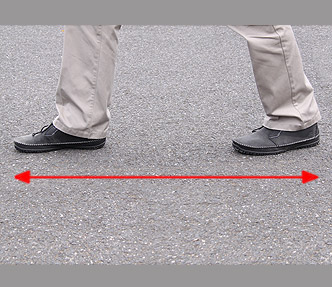
Question 1
How long do you think a person's step is?
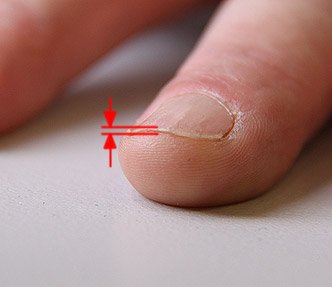
Question 2
What is the thickness of a person's fingernail?
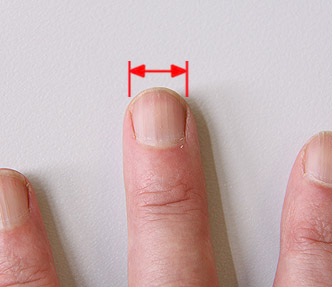
Question 3
What is the width of a person's fingernail?
Measurements in building industry

The units of measurement commonly used in the building industry are millimetres (mm) and metres (m). So it's important to understand these units and their relationship to each other.
1 metre = 1000 millimetres
Metres to millimetres
Knowing that 1 metre = 1000 millimetres allows us to convert measurements in metres to millimetres.
Multiplying metres by 1000 converts them to millimetres.
For example, a wooden bench 1.4 m long is also1400 mm long (1.4 x 1000 = 1400).
The following table shows some examples of metres converted to millimetres.
| Metres (m) | Millimetres (mm) | |||
|---|---|---|---|---|
| 0.2 m | = | 200 mm | ||
| 1.2 m | = | 1200 mm | ||
| 2 m | = | 2000 mm | ||
| 4.5 m | = | 4500 mm | ||
| 7.75 m | = | 7750 mm | ||
| 10 m | = | 10000 mm | ||
| 100 m | = | 100000 mm | ||
You can convert metre values to millimetres using a calculator. Type in the measurement in metres, press the '*' (asterisk) key, type 1000 and then press the '=' (equals) key. Try it with the numbers in the table above.
Millimetres to metres
Millimetres can be changed to metres.
Dividing millimetres by 1000 converts them to metres.
For example a wooden bench 800 mm high is also 0.8 m high (800 ÷ 1000 = 0.8).
The following table shows some examples of millimetres converted to metres.
| Millimetres (mm) | Metres (m) | |||
|---|---|---|---|---|
| 200 mm | = | 0.2 m | ||
| 1200 mm | = | 1.2 m | ||
| 2000 mm | = | 2 m | ||
| 4500 mm | = | 4.5 m | ||
| 7750 mm | = | 7.75 m | ||
| 10000 mm | = | 10 m | ||
| 100000 mm | = | 100 m | ||
You can convert millimetres to metres using a calculator. Type in the measurement in metres, press the '/' (backslash) key, type 1000 and then press the '=' (equals) key. Try it with the numbers in the table above.
For the following questions select your answer to receive feedback.
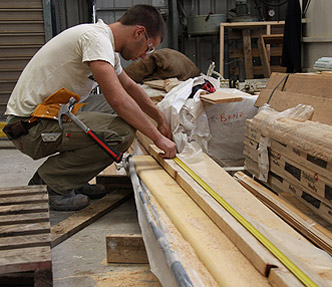
What length is a piece of timber if it is 4.6 metres long?
Question 4
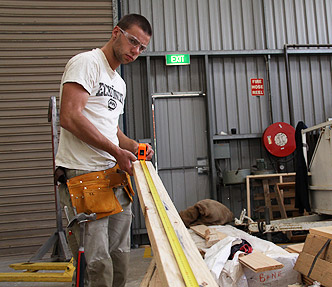
Question 5
What length is a piece of timber if it is 3900 millimetres?
Common timber lengths
Many common lengths of timber can be written in millimetres or metres.
Look at the table, do you know the missing values?
Roll over each blank space to see the answer.
| Metres (m) | Millimetres (mm) |
|---|---|
| 2.7 | |
| 2400 | |
| 0.9 | |
| 3000 | |
| 1.2 | |
| 4800 | |
| 1.8 | |
| 1500 | |
| 3.6 |
Estimation
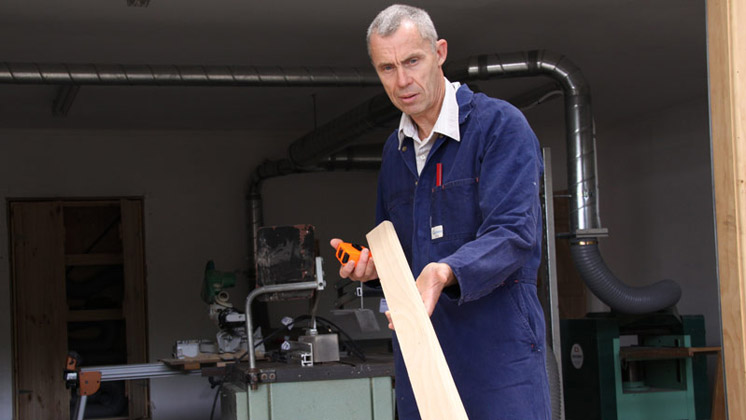
Another skill that will help you measure correctly is the ability to estimate.
Estimate means to 'make a judgment of the approximate value of something' without knowing exactly what it is. For example: estimating the length of a piece of timber before you measure it.
Why is this important?
The builder in the above image has the answer. He says:
"For my next job I need a piece of dressed timber 3 metres long. Rather than measuring each piece of timber in the stack, what I do is have a look at them and estimate their lengths, by estimating I save the time taken measuring each one. With practice I've got quite good at judging lengths".
When you measure you can easily enough make a mistake, so if you are good at estimating you can often judge if you have measured correctly before cutting and wasting the timber.

Question 6
The hand span of an adult is about?
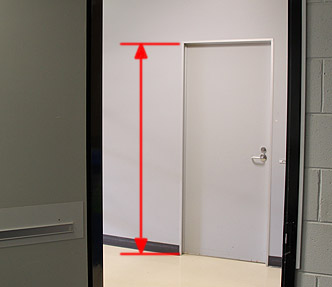
Question 7
The height of a doorway is about?
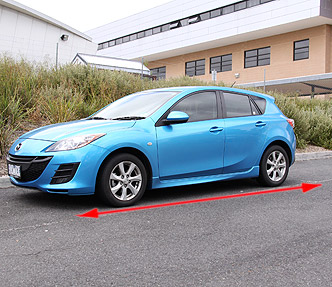
Question 8
The length of a common car is about?
Summary
This is the end of the section on metric lengths.
Key points to remember are:
- millimetres and metres are used in building
- 1 metre = 1000 millimetres
- gaining experience in estimating lengths can help you with measuring.
You can review this section or choose another from the left hand menu.